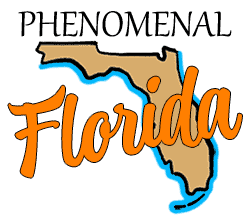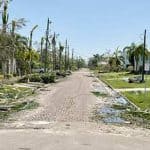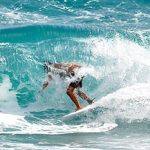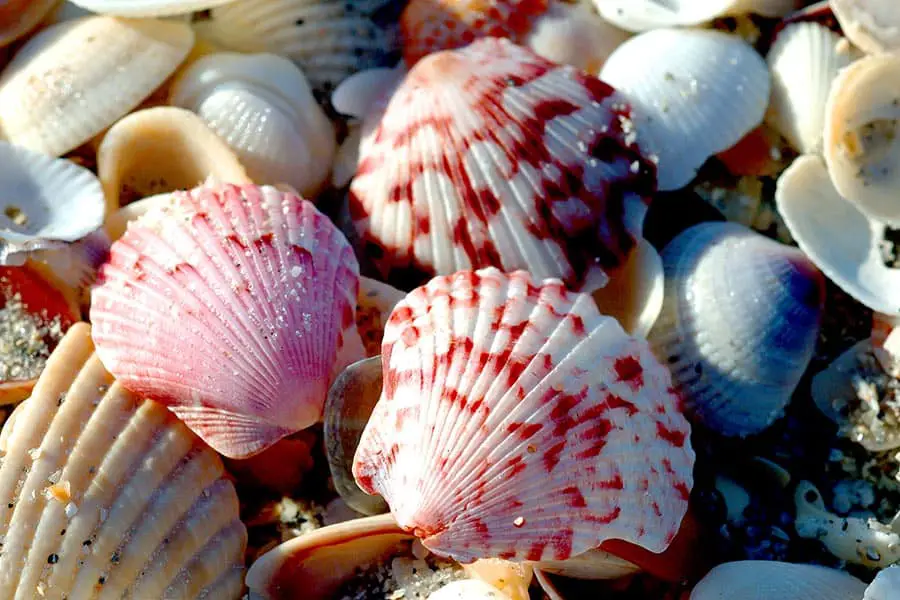
Florida has some of the best sea-shelling beaches in the world, and people commonly go to the beach to find conch shells, sand dollars, and other beautiful shells from the deep. However, some people may worry that taking shells from the beach is against the law or that they’ll get in trouble for having shells. So, is it illegal to take shells from Florida beaches?
It is legal to take home shells from Florida beaches as long as they don’t contain a living organism. Harvesting live shells requires a fishing license and may be illegal or restricted in some areas. As a tourist state, Florida recognizes that people want to bring some of the beach back home with them.
So how can you tell if a shell is alive or dead? How can you determine if a Conch shell is inhabited? Is there any way you can tell how old shells are? What the heck are they made of, anyway? Continue reading, and discover the answers to these questions and learn a whole lot more about shells.
Shell Me All About It
Chances are that you’ll find a shell when you go to the beach in Florida. However, you might have heard stories about people taking shells and ending up in jail or being issued heavy fines for keeping shells. In those instances, people were collecting live shells, which is considered harvesting and requires a license. On the other hand, collecting empty sea shells is perfectly legal.
Collecting live shells is illegal unless you are licensed. The Florida Fish and Wildlife Commission requires a valid Florida recreational saltwater fishing license if you want to collect shells containing living organisms. Live oysters and quahogs are specially regulated, and you should check with the FWC before fishing for these organisms. Harvesting shells and then selling them is considered commercial fishing and is separately regulated.
Lee County, which includes the notoriously good shelling island of Sanibel, has restrictions on live shell harvesting that can result in jail time and fines. Do not harvest shells containing living organisms in Lee County except for oysters, quahogs, coquinas, and sunray venus clams. Manatee County restricts people to two live shells per day, and you must possess a valid recreational saltwater fishing license.
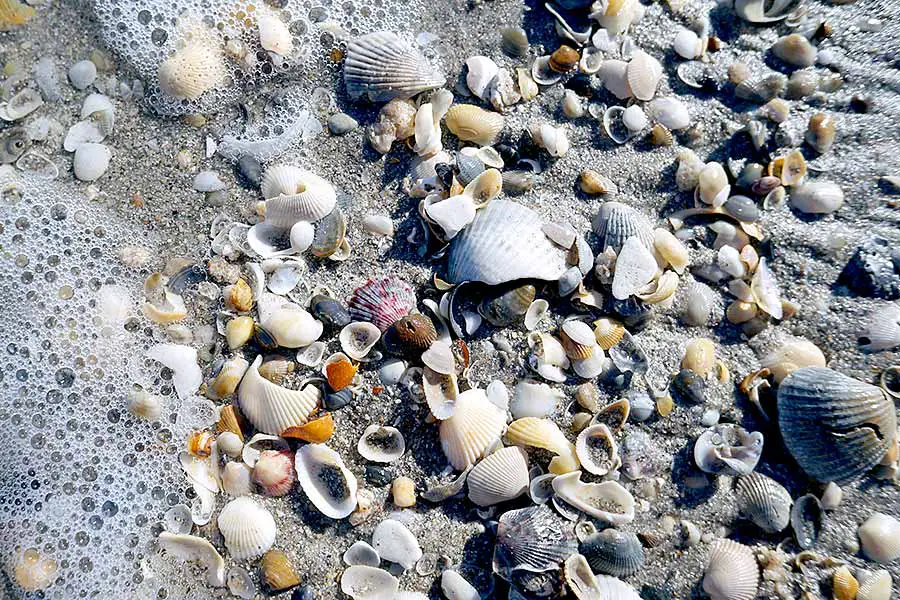
These rules sound like a lot of information to keep track of, so we’ve broken it down into a simple list.
Legal:
- Empty sea shells. Take as many as you like; this includes sand dollars, spiral shells, bivalves, crab and lobster shells, and any other sort of empty and unoccupied sea shell.
- This includes empty conch shells. Live conch are illegal to harvest or possess.
Permit Required:
- Taking live sea shells.
- Selling live shells.
- Harvesting live oysters, quahogs, mussels, scallops, coquinas, and clams.
Illegal to harvest:
- Bahama Starfish.
- Queen Conch.
Restricted areas:
- Lee County, including Sanibel and Captiva – no live shelling except for oysters, quahogs, coquinas, and sunray venus clams.
- Manatee County – no more than two live shells per day, except for oysters, quahogs, coquinas, and sunray venus clams.
- State parks, national parks, national wildlife refuges, and the Florida Keys National Marine Sanctuary: live harvesting rules may vary. Check with the specific location you plan to go to.
Phenomenal Florida Fun Fact: Scientists have recently discovered a kind of sea snail called a Sea Pangolin that makes its shell out of iron! These hardy guys live near hydrothermal vents on the ocean floor, more than a mile below the surface.
Do You Need a Permit to Collect Shells in Florida?
If you’ve wandered down to the beach for a relaxing day of sunbathing and shelling, you might worry that you need some kind of permit to collect shells. You do not need any special permits or licenses to collect shells in Florida, provided that the shells do not have a living organism inside.
The majority of shells on Florida’s beaches are fragments or halves; if you do find a live shell, the best thing to do is return it to the ocean. Luckily, there are plenty of empty shells for the taking.
When is the Best Time of Day to Find Seashells in Florida?
The best time of day to find seashells is in the morning, at low tide. Mornings tend to be best because the beaches have yet to be picked over by other beachcombers. Plus, mornings are cooler than afternoons, so you can stay out and hunt for shells longer without needing a break from the heat.
The very best morning is the morning after a big storm has passed through: the winds and waves of big storms tend to shake shells loose from the seabed and deposit them on the shore.
Other Posts of Interest
- Is It Illegal To Take Dead Sand Dollars From The Beach In Florida?
- Can You Find Sea Glass In Florida?
- Is Red Tide A Problem In Florida?
- Where Is The Best Place To Find Shark’s Teeth In Florida?
How Can You Tell if a Seashell is Empty?
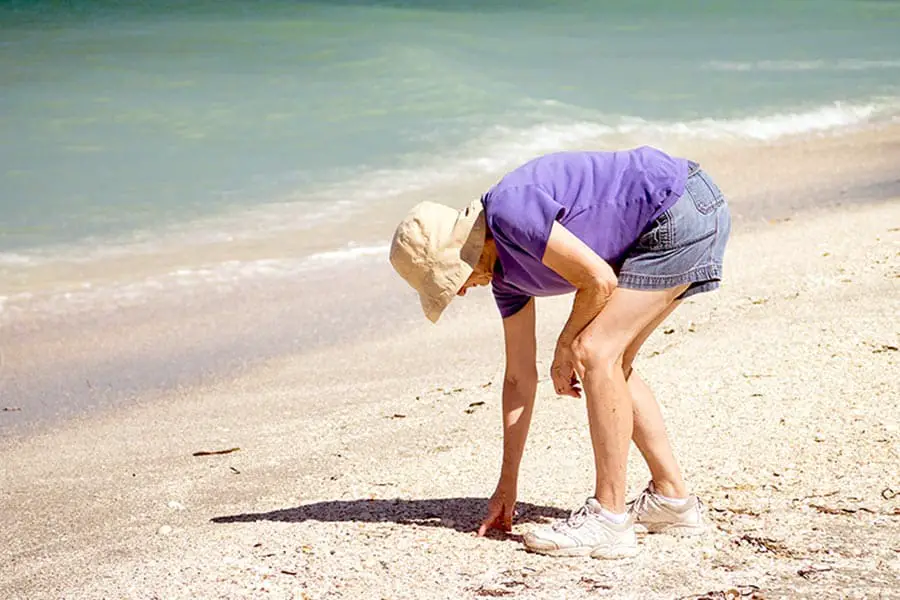
Bivalve shells are what many of us commonly think of when we imagine a sea shell. They have the classic half-moon shape and often have many beautiful bony ridges. If you pick up a bivalve shell and it is clamped shut, somebody is alive and at home. If you find a bivalve shell that’s slightly open, but it closes when you touch it, it’s very much still alive.
It’s easier to tell if spiral shells are empty: just pick ‘em up and take a look. If the door is closed or if there is something sort of mucousy in the shell, it’s alive. On the other hand, if there is nothing but sand or water inside, it’s empty and a great keepsake to take home for your Florida beach shadow-box.
Crab shells are another popular find on the beach, and it’s super easy to tell if they’re empty. If you pick it up and it pinches you, it’s alive! Just kidding. But crab shells are commonly found on Florida beaches, and if they don’t scuttle away from you, they’re either dead or empty. A crab shell can add a unique splash of color and shape to any shell collection.
How to Tell if a Conch is Alive
Conch shells are highly sought-after collectibles. However, harvesting live shells is illegal without a fishing license. While their shells might be beautifully intricate and complex, it’s surprisingly easy to tell if a conch is alive.
Living conchs have a thick, fleshy, tongue-like organ that sits in the opening of the conch shell. They also have comical “googly eyes” that peer out of the shell. So if you see the tongue or the eyes in a conch shell, it’s alive, and you should put it back.
Is it Illegal to Take a Conch Shell in Florida?
There may be some confusion around this issue as there are stories of tourists being arrested and jailed for harvesting conch in Florida. Conch shells are considered fair game in Florida as long as they are empty, but the Florida Fish and Wildlife Commission has outlawed the collection of living queen conch shells. So if you find a living conch in Florida, put it back in the ocean and keep your eyes peeled for an empty conch shell.

How Do You Know How Old a Shell is?
The animals that give us sea shells can sometimes live a very long time. For example, conch have been known to live for 30 or 40 years, and some scientists have reported clams and other mollusks that live for centuries.
To tell the age of a shell, you should count the ridges — you might need a magnifying glass. For example, for a scallop, each ridge line is about a day’s worth of growth for the shell. If the shell has a LOT of ridges, it might seem hard to count.
If that’s the case, count 100 ridges, and then measure how long those 100 ridges are. You can then measure the whole width of the shell and divide: so if 100 ridges took up 2 cm, and the shell is 4 cm long, your shell lived for about 200 days.
What are Seashells Made of?
Seashells are made of a substance called calcium carbonate. The organisms that make shells cause the calcium carbonate to grow through a somewhat mysterious process involving protein secretion and a fluid called the “extra-pallial fluid.” The creature uses a body part called a mantle to secrete fluids around the ridges of their shell that eventually harden into calcium carbonate.
Some shells might have slightly different materials. For example, scientists have found shells that contain elements like magnesium and strontium. Like many creatures, the sea snails and other organisms that make shells are resourceful and will use whatever is in their environment.
Come Out of Your Shell
Finding shells on the beach is a fun activity for everybody. Whether you’re young or old, a strong swimmer, or more comfortable on terra firma, just about anyone can find shells. But, unfortunately, there are rumors and allegations that collecting shells from the beach in Florida is illegal.
Taking empty shells from Florida beaches is perfectly legal and is a great way to remember your vacation. Shells make great art, whether you integrate them into a necklace, photograph them, paint them, or just display them at home. As long as the shell is empty when you find it, it is fair game, and you can do whatever you wish with it. See you in the surf!
